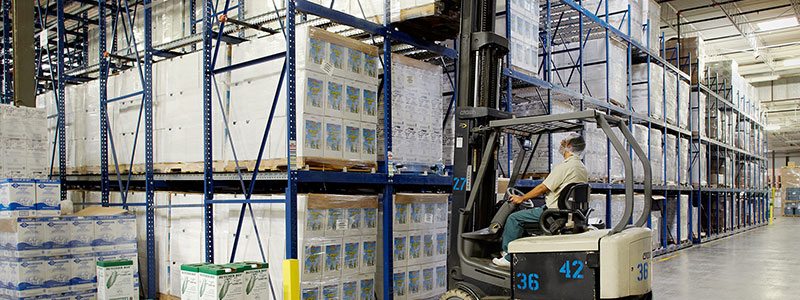
Volume systems dictate how much space you are going to need to store product. This is especially important in manufacturing environments, where customer demands influence how much or many products are made in a day and come into your warehouse, and then how quickly they leave the warehouse to make delivery.
When you understand which type of volume system is in play, you can better forecast and schedule to meet the needs accordingly within your capacity and capability.
High-Volume Systems. High volume is when the same type of product is manufactured in large quantities with nearly no deviation in what is produced. This makes big numbers come out quickly, necessitating the need for a large quantity of storage space. The amount of time it stays in your warehouse depends on much the customer ordered, and how fast it can be shipped, so stay in close contact with the production and shipping managers to stay on top of the action.
Middle-Volume Systems. This is usually production that fall somewhere between churning out large amounts of the same product to making customized orders. There are usually somewhat large volumes of products that are the same, necessitating a version of large volume storage, but may ship a bit slower, and could just be regularly programmed production in case an order comes in.
This is the hardest volume to plan for and typically takes up the most space due to its uncertain nature. Keep track of shipping status, how often orders are placed and typical time from warehouse entry to getting on a truck for departure to forecast storage space.
Low-Volume Systems. This is more for made-to-order products that are customizable to the client, or sold in specialized smaller quantities. The hardest thing about this type of volume planning is not setting aside too much space that could be used by higher volume products while also not leaving yourself short. Demand fluctuates rapidly with this kind of volume as well.
The commonality with any volume type is staying in contact with the production manager to know what is coming your way. Communication with those who know your incoming inventory numbers, as well as passing the information along to the next step in the supply chain for shipping and transportation, is key to success. No one section in a company works alone. Although it may sometimes feel as if you are on an island in your warehouse, instead it is really cog that holds many of the other gears together as you all work toward the same goal – safe and efficient production and delivery of your company’s products to the end user


.png)



